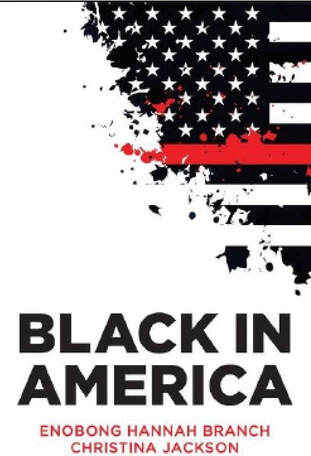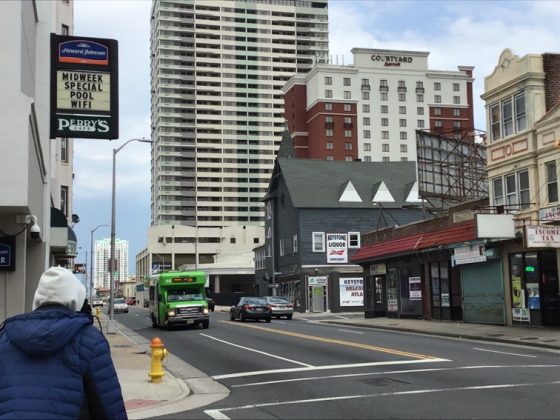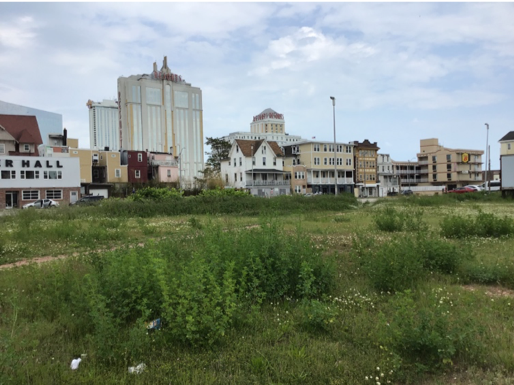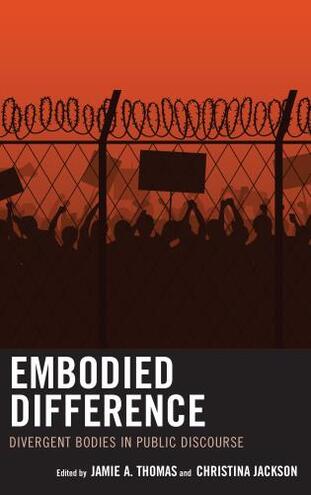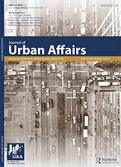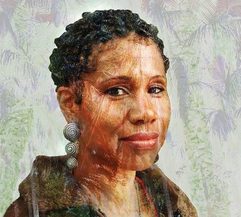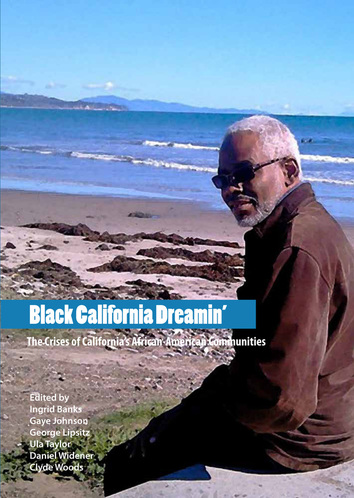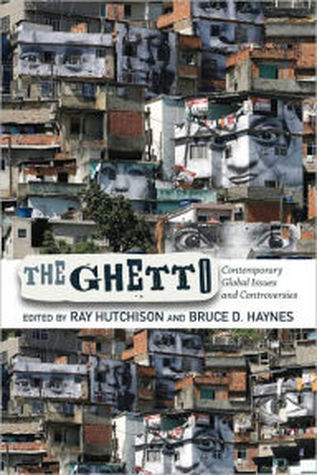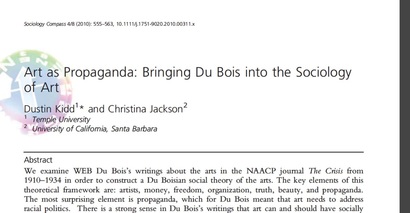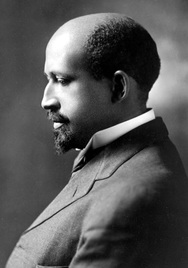Voices, Stories and Experienes of Black Women

|
In conjunction with the New Jersey's Office of the First Lady, New Jersey Economic Development Authority and Kean University's Watson Institute, we published a report to aid in the creation of the Maternal and Infant Health Innovation Center in Trenton, New Jersey. As part of the Nurture NJ campaign, this innovation center (among other things) will aid in decreasing the Black mortality rate. Our Stockton team included myself, Dr. Betsy Erbaugh, Dr. Sreelekha Prakash and Dr. Alysia Mastrangelo. Our report discusses the social determinants of health from the perspectives of Black moms in Trenton. It also assists the Nurture NJ campaign in their community engagement efforts.
Stockton Spotlight on: Christina Jackson, Betsy Erbaugh Community Engagement for Racial Equity Maternal Health and Equity |
Black In America: The Paradox of the Color Line (2019)
|
At the start of the twentieth century, the pre-eminent black sociologist, W.E.B. DuBois, identified the color line as America's great problem. While the color line is increasingly variegated beyond black and white, and more openly discussed than ever before as more racial and ethnic groups call America home, his words still ring true.
Today, post-racial and colorblind ideals dominate the American narrative, obscuring the reality of racism and discrimination, hiding if only temporarily the inconvenience of deep racial disparity. This is the quintessential American paradox: our embrace of the ideals of meritocracy despite the systemic racial advantages and disadvantages accrued across generations. This book provides a sociology of the Black American experience. To be Black in America is to exist amongst myriad contradictions: racial progress and regression, abject poverty amidst profound wealth, discriminatory policing yet equal protection under the law. This book explores these contradictions in the context of residential segregation, labor market experiences, and the criminal justice system, among other topics, highlighting the historical processes and contemporary social arrangements that simultaneously reinforce race and racism, necessitating resistance in post-civil rights America. |
In Atlantic City, the Legacy of Segregation and Redlining Endures (2019)With the help of Island Press, I wrote about the reparations and redistribution debate in the context of what is owed to Black urban neighborhoods like Atlantic City, New Jersey still effected by discriminatory housing practices.
|
|
Check out the new article recently published with a recent Sociology and Anthropology undergraduate. "Advertisements and slogans of “new and improved” places either bypass older residents already living there in a kind of Columbus-style or colonial way, or they repackage the culture that was there in ways to promote more consumerism, like in the cases of Atlantic City." |
Embodied Difference: Divergent Bodies in Public Discourse volume (2018)Focusing on the body as a visual and discursive platform across public space, we study marginalization as a sociocultural practice and hegemonic schema. Whereas mass incarceration and law enforcement readily feature in discussions of institutionalized racism, we differently highlight understudied sites of normalization and exclusion. Our combined effort centers upon physical contexts (skeletons, pageant stages, gentrifying neighborhoods), discursive spaces (medical textbooks, legal battles, dance pedagogy, vampire narratives) and philosophical arenas (morality, genocide, physician-assisted suicide, cryonic preservation, transfeminism) to deconstruct seemingly intrinsic connections between body and behavior, Whiteness and normativity.
Check out review of Embodied Difference on Hypatia Reviews, a Feminist Philosophy Journal. For more info check out the Facebook page
The Effect of Urban Renewal on Fragmented Social and Political Engagement in Urban EnvironmentsThis article discusses the lingering effect urban renewal in San Francisco has had on communities of color in San Francisco.
Review of The Servant Class City: Urban Revitalization versus the Working Poor in San DiegoCheck out my review of Karjanen's book on urban revitalization in San Francisco.
Controlling Images, the Media and ArtIn this blog, I discuss how mainstream media views African Americans through one lens—a constrained lens that is shaped by what sells. Glynnis Reed’s work as a visual artist seeks to counter the mainstream stereotypes specifically about black women by using powerful imagery of them to influence the photographs she takes and manipulates. Reed’s work also seeks to highlight aspects in the lives of black women that you don’t see in pop culture. This point reminded me of W.E.B. DuBois’ thoughts in 1926 about the problem facing black artists by saying “we shrink at the portrayal of the truth about ourselves” (DuBois)
The Fallacy of Black on Black ViolenceIn this blog post, I discuss how focusing on Black intra-racial violence tactically diverts our attention from the fact that, while other intra-racial violence is similar, black communities disproportionately come into contact with the police in ways that could be potentially fatal.According to Keeanga-Yamahatta Taylor, black and brown communities are most vulnerable to poverty, putting them at risk to be targeted by the police who are trained to respond to the consequences of poverty and the lack of our welfare system to mitigate it.
Remember the Fillmore:
|
|
“You Just Don’t Go Down There”: Learning to Avoid the Ghetto in San Francisco
|
Art as Propaganda: Bringing Du Bois into the Sociology of Art
|
